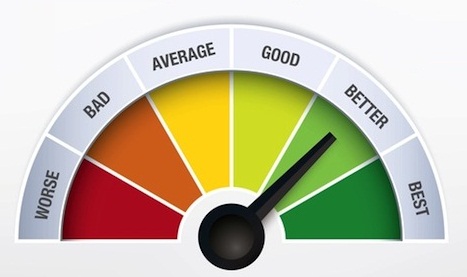When using HubSpot for your website, site speed is one of the strongest levers you can pull to improve both search visibility and user engagement. Faster sites reduce bounce, improve rankings, and increase conversion. This article lays out practical steps for HubSpot administrators to improve site performance within the Content Management System (CMS), with an eye to SEO gains.
Why site speed matters in HubSpot
A slow page undermines content relevance, even if your copy is excellent. Search engines increasingly use page load metrics such as First Contentful Paint, Largest Contentful Paint, Interactivity, and Layout Shift as ranking signals. If your HubSpot site lags, you lose both rankings and trust from visitors.
Users expect fast delivery. Delays of even a few seconds often lead to abandonment. In SMB settings, where every visitor counts, speed improvements tend to show measurable impact in traffic, leads, and customer retention.
Key HubSpot-specific speed improvements
Optimize images
Resize images before uploading them. Use modern formats like WebP where possible. Enable lazy loading for images below the fold.
Review theme and template features
Remove unused modules, scripts, or plugins. If you do not need HubSpot Chat, disable it. Evaluate sharing or comment widgets carefully.
Minimize external dependencies
Reduce the number of external scripts and fonts. Load critical assets locally. Use asynchronous or deferred loading for non-critical JavaScript and CSS.
Leverage HubSpot’s built-in tools
Review the CMS performance documentation and use HubSpot’s CDN. Ensure caching settings are correct.
Address language and regional targeting
If you publish multilingual content, configure hreflang and language attributes properly. This prevents duplicate indexing and ensures visitors are served the correct content.
Testing and monitoring
Use Google PageSpeed Insights, Lighthouse, or HubSpot’s CMS speed reports to measure performance. Test across devices, especially mobile, since mobile performance often lags behind desktop. Track before and after changes to confirm improvement in load times, bounce rate, and session duration.
Summary Tip: Improve HubSpot site speed for SEO by optimizing images, pruning modules, minimizing external dependencies, using built-in CDN and caching, and testing changes with reliable performance tools.

